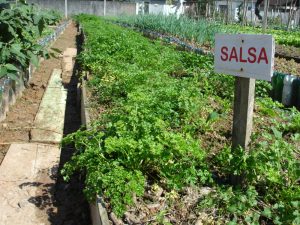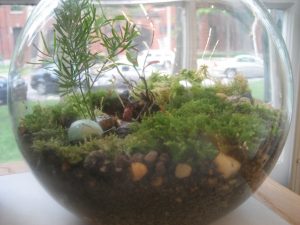Last Updated on July 29, 2023 by teamobn
Keyhole garden beds are called such because they resemble keyholes. Aside from the fact that it looks great as a garden design, it serves several purposes.
The raised bed helps make planting easier. It’s easily maintained. There’s no need to dig heavily or bend down. The raised beds also make sure that the plants are well insulated. This means you get longer growing seasons.
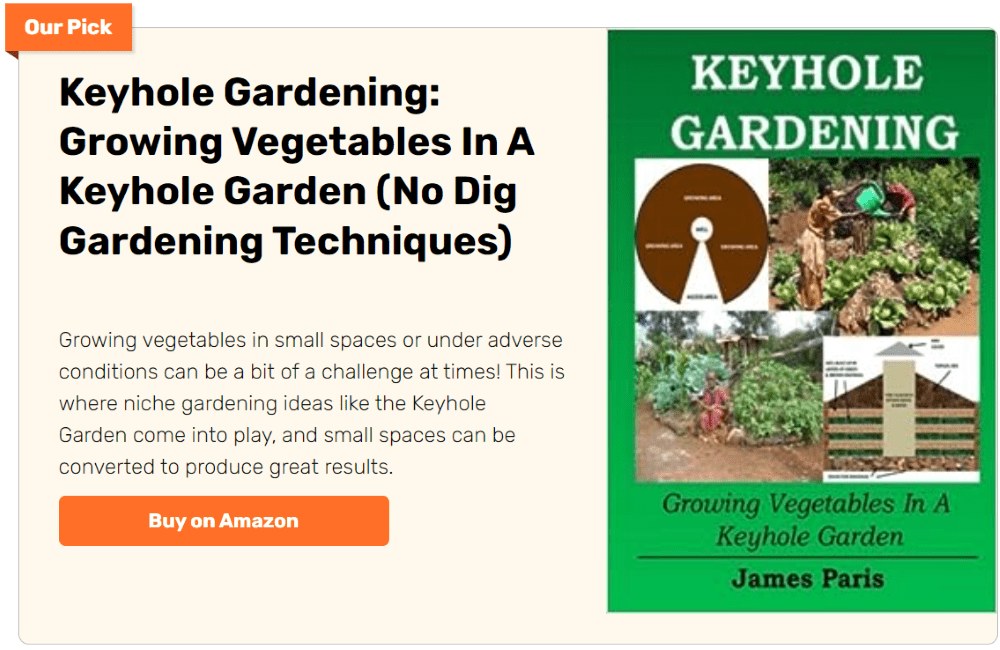
Keyhole garden beds are excellent ideas if you’re working in a small area. Because they do not take up much room, you get to make good use of whatever space you have. This is especially helpful when you only have a small garden.
The design of this garden bed was first used in Zimbabwe. Today, a lot of gardeners have adapted the design after realizing its benefits.
Materials:
- Brick or stones
- Topsoil
- Compost
- Straw, leaves, dried grass
- Wood ash
- Sturdy sticks and bendy sticks
- String/plant fiber
Tools:
- Gardening rake
- Hoe
- Hammer
Click on any image to start the lightbox display. Use your Esc key to close the lightbox.
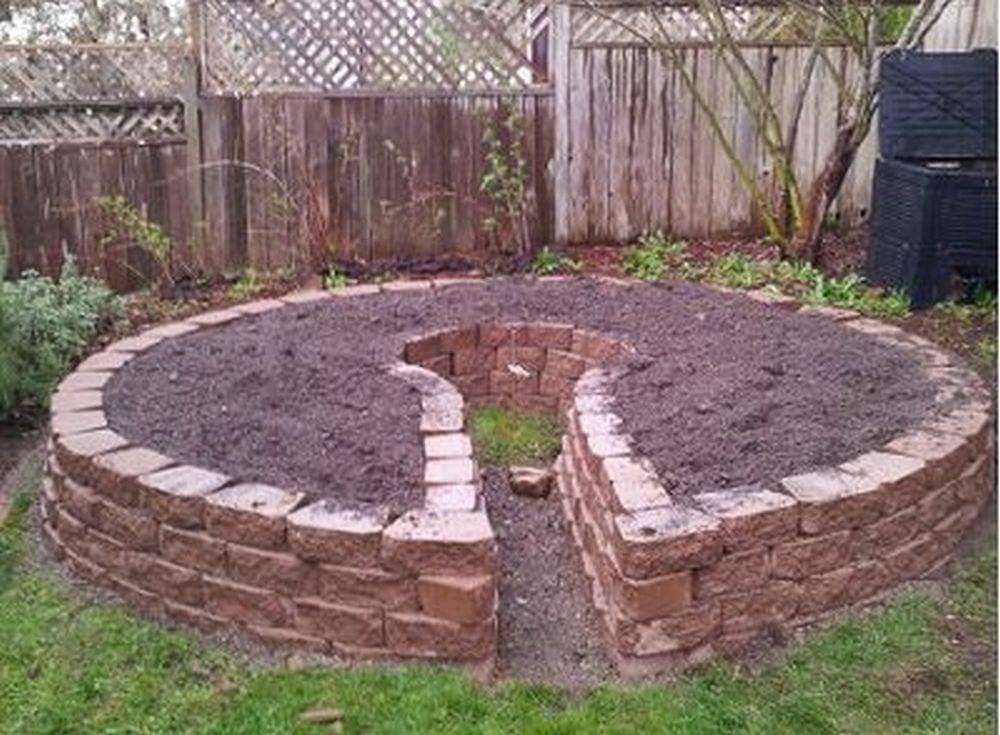
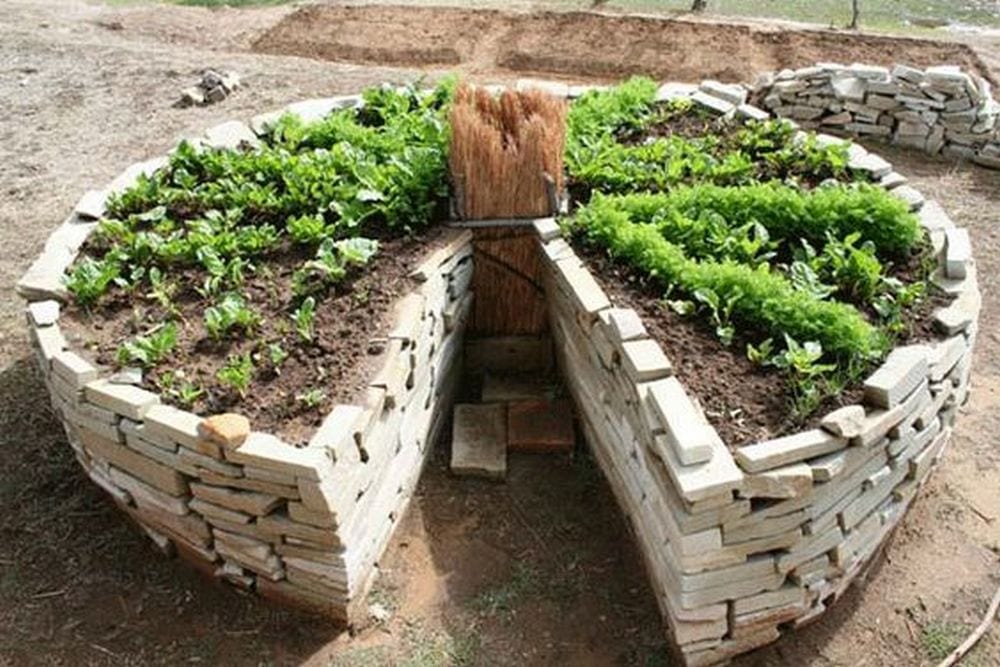
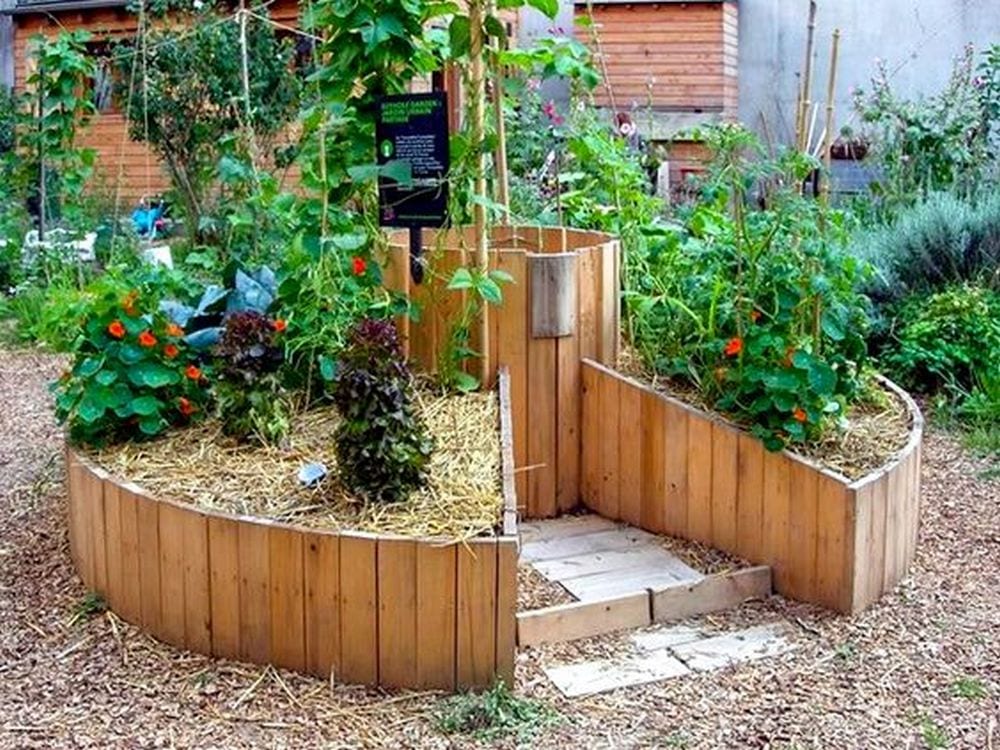
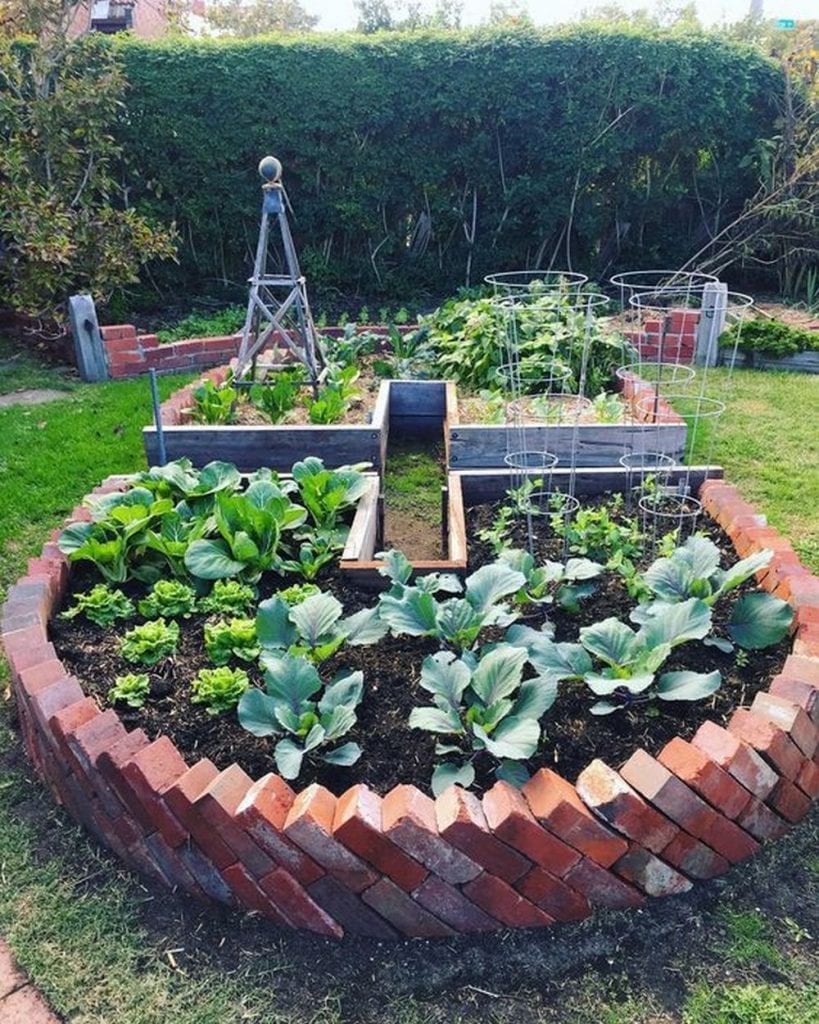


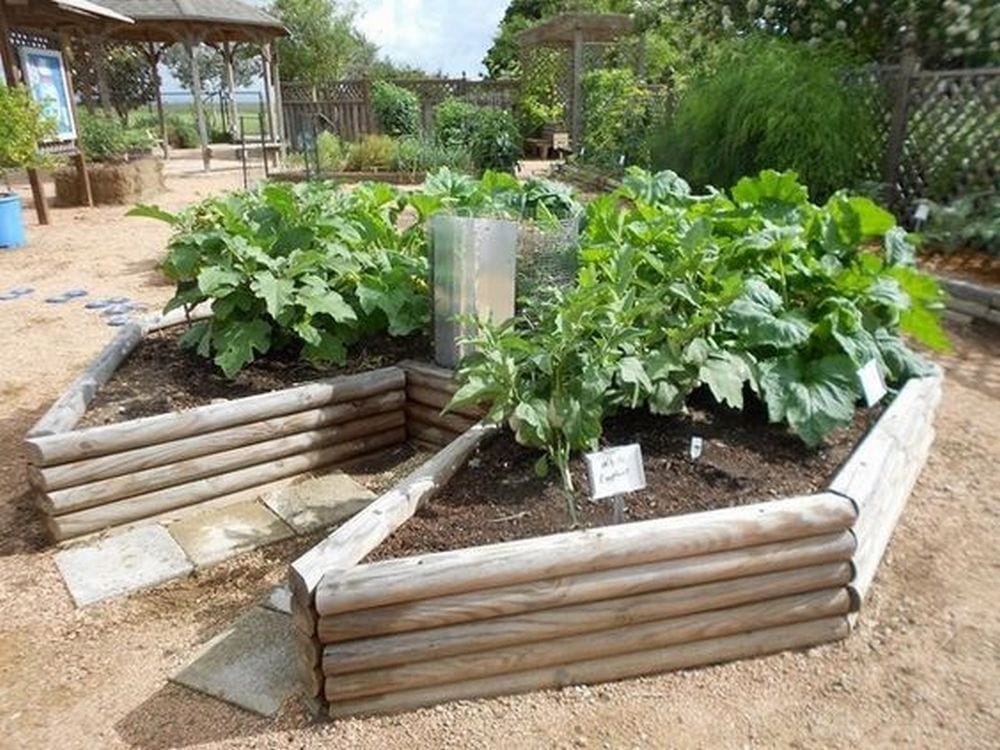

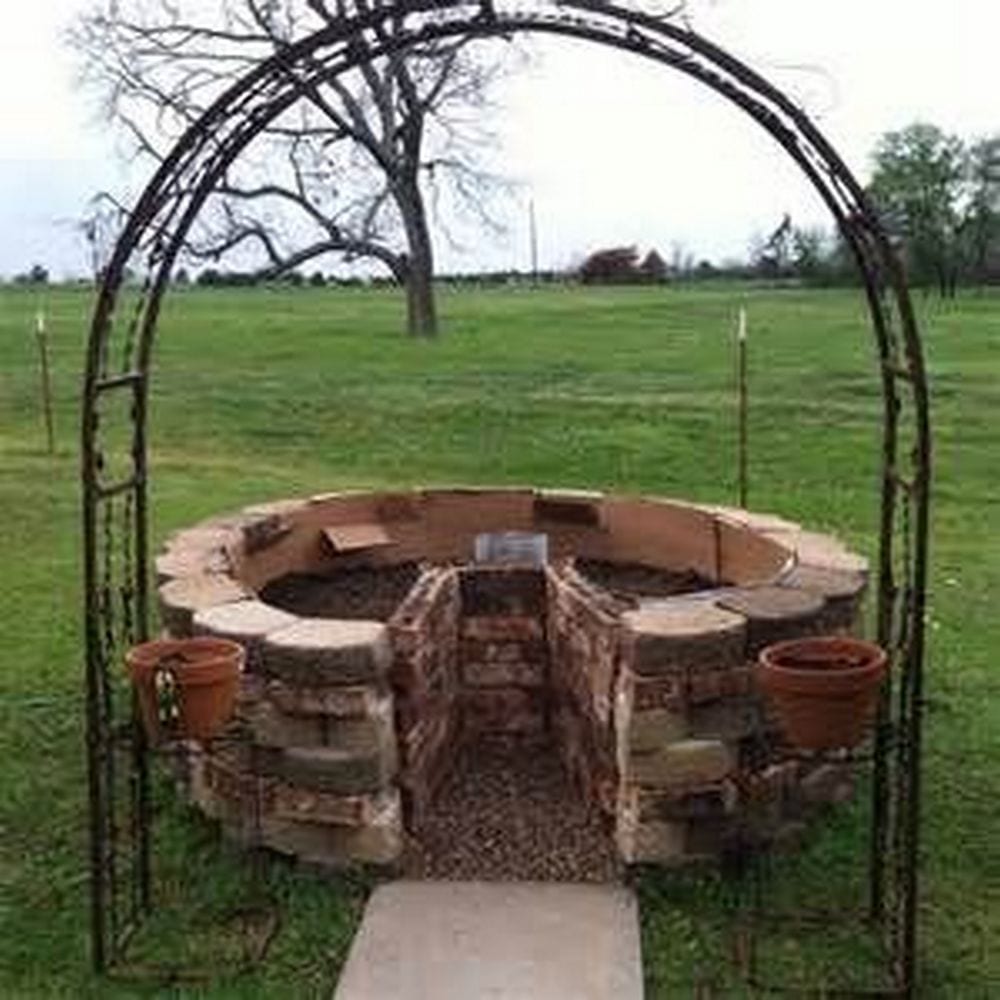
Do you want to learn how to build a keyhole garden? Watch this video.


